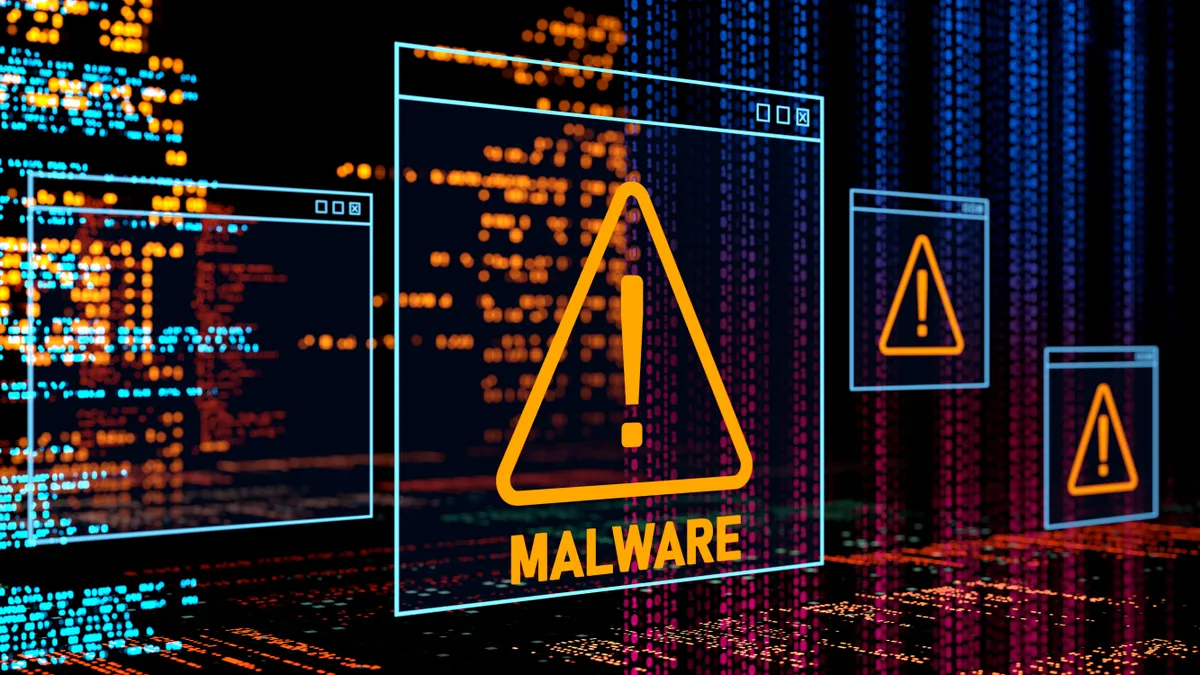The intricacies and differences among intimate partner violence cases have received great exposure in recent years. More people recognize the problem is not simply a man-on-woman physical altercation; abuse occurs among all races and economic levels, among same-sex partners and toward men as well as women. It occurs in all cities around the world, but modern technology is changing how it's handled — for better and for worse.
Modern intimate partner abuse prevention and victim advocacy programs frequently place significant weight on ongoing psychological and emotional abuse, such as stalking, in addition to physical abuse. Psychological forms can lead to physical forms, but alone they can still take a heavy, detrimental toll on a victim’s life.
"A lot of people focus on that heterosexual narrative involving physical violence ... That’s why we see a lot of this get minimized ... But coercive control can look a lot of different ways and definitely can be present in all kinds of relationships," said Natalie Dolci, Seattle Planning & Development Specialist for the Mayor’s Office on Domestic Violence and Sexual Assault, in an interview with Smart Cities Dive. "It’s not just physical violence either."
The rubric is transforming along with how cities and their partners see and address intimate partner violence. And technology is changing service providers' reactions, from law enforcement to victim support.
Prevention and support through technology
Tech developers have released a number of apps and digital innovations to support survivors during and after a domestic violence incident. Many of the apps focus on passing information to users about local resources including shelter, medical attention or counseling. Other apps focus on quickly getting help during an incident.
Some wearable internet of things (IoT) devices allow victims to discreetly signal for help if they’re confronted by an abuser. Developers such as App-Elles, which made its international debut at this year’s Consumer Electronics Show (CES), combine the app and wearable concept. A user inputs emergency contacts into the app and those contacts are notified if the user discreetly presses their IoT wearable, a bracelet. Once notified, the emergency contact opens the app to see the victim's exact location via GPS in addition to receiving live-streaming audio from the scene.
Cities themselves generally leave the app and device development to private tech experts and instead provide supportive services for survivors. However, a growing number of progressive police departments are employing data-driven and tech-forward strategies to drive down instances of intimate partner violence.
Several Connecticut communities implemented a program to monitor abusers at high risk of re-offending with GPS trackers. Police and the victim are alerted when the abuser comes within a certain distance. Versions of the trackers used in some cities also send notifications if the tracker has been tampered with.
Strategies to handle intimate partner violence often are more reactive than proactive. But domestic violence carries a high rate of repeat offenders, so when police receive cases and have the right resources, they can flag high-risk offenders to prevent future incidents.
High Point, NC was an early adopter of a preventative, data-driven model to identify abusers at risk of re-offending, whom police specifically target with interventions. The success in reducing reported incidents of domestic violence has attracted other cities to the model.
High Point’s data analysis occurred nearly a decade ago and is rudimentary compared to new and emerging analytical technologies. Predictive analytics, machine learning and artificial intelligence are viewed as areas with great potential for combating domestic violence. Such tools already help police determine street crime hotspots and where to concentrate resources. Smarter resource allocation can boost program success rates and lower operating costs.
Advanced machine learning as a whole is still in its infancy and carries downfalls. The installation cost is an obvious holdback, as well as bias and reaching computer-based conclusions that aren’t applicable in real-world settings. Plus, intimate partner violence tends to occur outside of the public eye and is underreported so the computer algorithms do not necessarily run their analyses with complete data, which can skew results.
Numerous groups are studying the efficacy of these tools’ high-risk case prediction. Researchers at the University of Manchester concluded a risk assessment tool currently used throughout the U.K. is underperforming and barely determines re-offending risk better than a human analyst. Even so, the capabilities of emerging versions of predictive tools hold promise in the domestic violence space.
When technology is the enemy
Digital devices, while beneficial to daily life, can also harbor a dark side for domestic violence survivors. Victims' own devices can be used against them to orchestrate psychological or physical attacks.
"I have seen the landscape of the situations for the survivors we're working with and the different methods through which they are being abused, harassed, stalked and intimidated with the use of technology explode over the last 10 years," Dana Lockhart, program manager for the Victim Support Team at the Seattle Police Department, told Smart Cities Dive. "But the tools we use to support the survivors really haven't changed at all to meet this changing landscape ... We do not do a really a great job with helping people to look at their digital footprints to identify ways their abusive partner might be using technology to continue to monitor them after they've left."
Lockhart and her colleagues founded the Technology Enabled Coercive Control (TECC) Working Group, an inter-disciplinary team with members from Seattle city departments, the University of Washington, local domestic violence agencies and the private tech sector. One of the group’s biggest initiatives so far is the TECC Clinic, a bi-weekly occurrence where trained volunteers address abuse victims' technology concerns and reduce the risks of technology-assisted harassment, abuse and stalking. They take precautions to lower the risk of an attacker accessing information that could lead them to a victim.
Abuse victims' technology use and protections also have gained attention in New York. The city partnered with researchers at Cornell Tech to better understand how technology is being used as a tool for control in abusive relationships.
"We found that survivors were unaware of so many pieces of technology on their devices that were being used to track or harass them or continue the abuse into other spheres," Cecile Noel, NYC Commissioner of the Mayor's Office to End Domestic Violence and Gender-Based Violence, told Smart Cities Dive. "It’s not just about physical safety and where you are [located], it’s also about cyber safety."
The office's website even has a disclaimer on the homepage to warn victims that they could be tracked when searching for help online.
As part of their study, the Cornell Tech research team is piloting a tech clinic. The city referred them victims who experienced some type of tech abuse or believed they were monitored or their conversations were being listened to. Smart Cities Dive gathered insights from a number of the Ph.D. students.
"We came to realize we could best help by developing tools that include a spyware scanning tool, as well as an assessment questionnaire and a defined protocol based on the abuse we’re seeing," said Ph.D. student Diana Freed.
The scanning tool uncovered several cases of suspected spyware on victims’ devices. But the researchers also found that some victims themselves had installed features — voice recording apps, for instance — that the scan picked up but aren’t relevant to the abuse case. Because technology isn’t used consistently among all users, the researchers supplement the device scans with context from in-person interviews and questionnaires to inform discussions about improving victims' technological security.
"It's imperative to be able to look at the results from our scanning tool ... and be able to talk to the client about results in a way that is helpful," said Ph.D. student Sam Havron. "We use our technology assessment questionnaire to try to understand their technology usage better."
Part of the researchers' goal is for other cities to scale this model and replicate it to meet their victims’ needs.
"The city has a responsibility… to help people. And one of the programs should be creating security hygiene practices for especially vulnerable populations of society," said Ph.D. student Rahul Chatterjee.
On a nationwide scale, the National Network to End Domestic Violence (NNEDV) launched its Safety Net project as a collaborative effort to address the impacts of technology on abuse survivors’ safety and privacy. When the program launched nearly two decades ago, people didn’t fully understand the intersection of intimate partner violence and technology.
"We really do not get that question anymore. People understand how deeply connected our lives are to technology and how we can be manipulated," Safety Net Director Erica Olsen told Smart Cities Dive. "Technology is integral in so many parts of our lives right now that the privacy risk and safety risk are quite pervasive when it comes to domestic violence."
Safety Net examines the ways technology can help survivors but also maintain their privacy. It emphasizes training for a variety of groups, such as service providers who support survivors and law enforcement and justice systems who hold abusers accountable. It also engages the tech community to get them to "think through how technology can be designed from the beginning with privacy and safety in mind," Olsen said.
"Technology is integral in so many parts of our lives right now that the privacy risk and safety risk are quite pervasive when comes to domestic violence."

Director, Safety Net
Erica Olsen
Collaboration among city departments and with external partners is a key strategy both to NNEDV’s efforts to help abuse victims and to those at the local level in Seattle and New York.
"We can’t do it alone ... It’s critical because survivors don’t live in silos. Even if we work in silos, survivors are living complete lives that touch a variety of different systems,” Seattle’s Dolci said.
Collaboration with other cities is another resource to leverage.
"New York City is at the forefront and we’re absolutely willing to share as much as we can with other cities who are interested," Noel said. "It’s important that other cities recognize that if they are truly servicing survivors in a comprehensive way, cybersecurity has to be a part of that conversation."


















